Do you have a question about the Jeep 2004 Liberty and is the answer not in the manual?
Warning about the higher roll-over rate of utility vehicles due to clearance and center of gravity.
Manual contains warnings against procedures that could result in accident or injury, and cautions against procedures that could damage the vehicle.
Warning that modifications can affect roadworthiness and safety, possibly leading to accidents or death.
System prevents unauthorized operation by disabling the engine, using keys with embedded transponder chips.
Explains the door ajar indicator and the function of manual and power door locks, including automatic locking.
Covers seat belts, front airbags, and window bags as key safety features for occupant protection.
Details the function of driver and passenger airbags as supplements to seat belt restraint systems.
Covers inside day/night, automatic dimming, outside, and heated mirrors.
Details the voice-activated, hands-free in-vehicle communication system for cellular phones.
Explains manual and power seat adjustments, recline, and head restraint adjustments.
Covers interior lights, map/reading lights, multi-function control lever, parking/headlights, and turn signals.
Overview of the main controls and features located on the instrument panel and within the interior.
Description and identification of the various gauges and indicators within the instrument cluster.
General information about radio signals, reception quality, and electrical disturbances affecting the audio system.
Details the location and operation of audio system controls mounted on the steering wheel.
Steps for starting the vehicle's engine, including manual and automatic transmission procedures.
Information and precautions for operating the Command-Trac and Selec-Trac 4WD systems.
Essential information on tire safety, including inflation, wear, and general care.
Recommendations for gasoline octane rating and the use of reformulated or oxygenated fuels.
Explanation of the emergency warning system and how to activate/deactivate hazard flashers.
Steps to take to reduce the potential for engine overheating and what to do if it occurs.
Step-by-step instructions for safely changing a flat tire, including jack and tool locations.
Detailed procedure for safely jump-starting a vehicle with a discharged battery.
Guidance on checking engine oil level, selection, and change intervals based on driving conditions.
Instructions for inspecting drive belts for condition, tension, and replacement as needed.
Information on coolant checks, adding coolant, and system pressure cap safety precautions.
Recommendations for inspecting brake system components and hoses for performance and safety.
Presents two maintenance schedules (A and B) based on driving conditions for required service.
Maintenance services required for vehicles operated under severe conditions, detailed by mileage intervals.
Maintenance services required for vehicles operated under normal conditions, detailed by mileage intervals.
Tips for preparing for service appointments and interacting with service advisors for optimal results.
Information on warranty coverage, transfer, and where to find details in the manufacturer's booklet.
How to report vehicle safety defects to NHTSA in the US and Transport Canada in Canada.
Warning about the higher roll-over rate of utility vehicles due to clearance and center of gravity.
Manual contains warnings against procedures that could result in accident or injury, and cautions against procedures that could damage the vehicle.
Warning that modifications can affect roadworthiness and safety, possibly leading to accidents or death.
System prevents unauthorized operation by disabling the engine, using keys with embedded transponder chips.
Explains the door ajar indicator and the function of manual and power door locks, including automatic locking.
Covers seat belts, front airbags, and window bags as key safety features for occupant protection.
Details the function of driver and passenger airbags as supplements to seat belt restraint systems.
Covers inside day/night, automatic dimming, outside, and heated mirrors.
Details the voice-activated, hands-free in-vehicle communication system for cellular phones.
Explains manual and power seat adjustments, recline, and head restraint adjustments.
Covers interior lights, map/reading lights, multi-function control lever, parking/headlights, and turn signals.
Overview of the main controls and features located on the instrument panel and within the interior.
Description and identification of the various gauges and indicators within the instrument cluster.
General information about radio signals, reception quality, and electrical disturbances affecting the audio system.
Details the location and operation of audio system controls mounted on the steering wheel.
Steps for starting the vehicle's engine, including manual and automatic transmission procedures.
Information and precautions for operating the Command-Trac and Selec-Trac 4WD systems.
Essential information on tire safety, including inflation, wear, and general care.
Recommendations for gasoline octane rating and the use of reformulated or oxygenated fuels.
Explanation of the emergency warning system and how to activate/deactivate hazard flashers.
Steps to take to reduce the potential for engine overheating and what to do if it occurs.
Step-by-step instructions for safely changing a flat tire, including jack and tool locations.
Detailed procedure for safely jump-starting a vehicle with a discharged battery.
Guidance on checking engine oil level, selection, and change intervals based on driving conditions.
Instructions for inspecting drive belts for condition, tension, and replacement as needed.
Information on coolant checks, adding coolant, and system pressure cap safety precautions.
Recommendations for inspecting brake system components and hoses for performance and safety.
Presents two maintenance schedules (A and B) based on driving conditions for required service.
Maintenance services required for vehicles operated under severe conditions, detailed by mileage intervals.
Maintenance services required for vehicles operated under normal conditions, detailed by mileage intervals.
Tips for preparing for service appointments and interacting with service advisors for optimal results.
Information on warranty coverage, transfer, and where to find details in the manufacturer's booklet.
How to report vehicle safety defects to NHTSA in the US and Transport Canada in Canada.
| Brand | Jeep |
|---|---|
| Model | 2004 Liberty |
| Category | Automobile |
| Language | English |

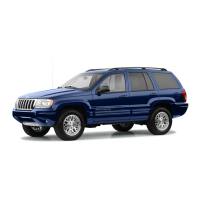
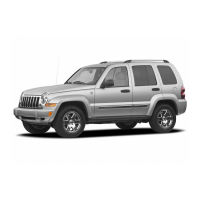
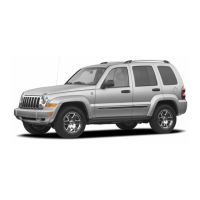
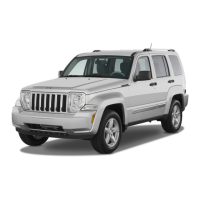
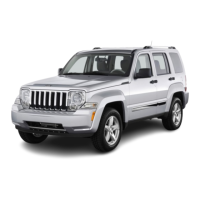
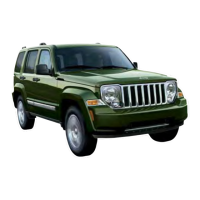
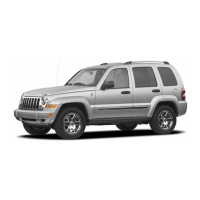
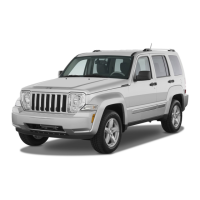

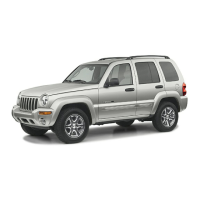

